
Introduction
The alternative Layer 1 trade was commonplace during the crypto bull run from 2020-2021. Crypto natives and new speculators alike would jump between up-and-coming blockchains in search of gains, farms, and yield. Traders loved a brand new chart and narrative, spawning now notorious acronyms such as SoLunAvax (Solana, Luna, Avalanche) and FOAN (Fantom, One, Atom, Near).
When the bear market hit in early 2022, the alt L1 narrative started to lose steam. Market participants began grasping at straws for other chains to rotate to, and there wasn’t much institutional bid to back up their plans. Eventually, the price of many of these became stagnant, with down-only price action making even the most stubborn bulls throw in the towel.
One of these fabled and short-lived L1 rotations was Evmos. After years of development, Evmos launched as an Ethereum Virtual Machine (EVM) compatible blockchain on Cosmos, using Tendermint consensus. As ATOM and tokens within the Cosmos ecosystem were rotated to previously, the broader crypto community thought bridging to Evmos would be another lucrative endeavour. Unfortunately, this was not the case.
First conceived in 2016, a blockchain that could benefit from both EVM and Cosmos native ecosystems was a game-changing idea. However, as the launch date drew near, Evmos was littered with delays and bugs, eventually launching in April 2022 (just as Luna was on the verge of meltdown). The market conditions and Evmos’ lack of dedicated community builders made it effectively dead on arrival. As of writing, Evmos has less than $1 million in total value locked according to DeFiLlama.
Though Evmos was generally a failure in terms of user adoption, the tech stack was still intriguing to crypto natives. The community sought redemption in a newer, user-first blockchain.
In comes Canto.
What is Canto?
Similar to Evmos, Canto is a Cosmos-based blockchain that is compatible with the Ethereum Virtual Machine. With an official launch in August 2022, Canto provides Tendermint consensus secured by Canto validator nodes with an execution layer via the Cosmos SDK. Canto can be accessed via traditional EVM wallets (like Metamask), with multiple cross-chain bridges to make your way onto the network.
Canto was born out of stark contrast from many other alt L1s. Its founders wanted the project to always be community-first, ensuring decentralization was at the heart of the platform. With no presale, foundation, or venture investors, Canto was built with the Free Public Infrastructure (FPI) vision in mind, which we’ll cover later under Ethos.
Canto has gained a ton of interest since the beginning of 2023, as users have bridged to try its new DeFi protocols and trade NFTs. Additionally, its native token, CANTO, has seen a nearly 1000% increase from peak to trough. With bubbling interest across the broader crypto community, Canto remains a favourite for many investors as a leader among new L1 blockchains this year.
https://twitter.com/scott_lew_is/status/1621673761731739650?s=20
Ethos
One of the biggest differentiators between Canto and its competitors is the ethos of the network.
The team and community believe in Free Public Infrastructure (FPI), meaning the core tenants of its DeFi primitives are designed with the end user in mind. These core tenants are:
- Liquidity as a Free Public Good: Zero fees for Liquidity Providers (LPs). Canto makes liquidity free for protocols, arbitrageurs and traders.
- Rent Extraction Resistant: Canto aims to establish Free Public Infrastructure. Core DeFi primitives will not have sovereign governance tokens, nor the capacity to extract rent in the future.
- Minimal Viable User Capture: Where possible, Canto avoids interface-driven user ownership. Public infrastructure DEXes will have no swapping interface, so all users must trade on third-party aggregators. This will facilitate user acquisition for new protocols.
The above tenants manifest themselves through three DeFi primitives built for free and for the community. The founders think FPI should be accessible, transparent, decentralized, and free. The three primitives — Canto DEX, Canto Lending Market (CLM), and NOTE — are akin to free parking in a city.
In summary, Canto is both founded on and built with the values that make up crypto and DeFi themselves, forging a new path for user-centric accessibility without toxic practices that have plagued other blockchains and projects.

Join 3,500 other crypto-curious investors in keeping up with the latest and greatest developments, news and insider info at The Ape Enclosure (ALL FOR FREE): https://blocmates.beehiiv.com/
Architecture, Tokenomics, and Governance
Architecture
At its core, Canto is built using the Cosmos SDK and other custom modules including Ethermint, which allows it to be EVM-compatible. It also uses the ERC-20 module to allow bridging between CosmWasm and ERC-20 standard tokens.
In short, Ethermint allows tokens on Cosmos to maintain a one-to-one mapping to their ERC-20 counterparts. Native Cosmos coins can be converted into ERC-20 tokens, and vice versa. This is done natively through wallets and transactions.
Canto’s governance model uses the Cosmos SDKGovernance module with the addition of a custom-built module, GovShuttle. This is responsible for pushing passed proposal data from the governance module to a storage smart contract to be read by network dApps.

Tokenomics
The native token of Canto is aptly named CANTO. It is used for gas fees for transactions and can be staked with validators to secure the network, similar to other EVM chains.
The initial total supply of CANTO is 1,000,000,000, with 150,000,000 in circulation at genesis. Below is a chart that shows the token distribution.

Inflation of CANTO is set to trend toward zero, and the amount for long- and medium-term emissions are represented above (450,000,000 and 350,000,000, respectively). Users can stake their CANTO on the official staking site here, where they can earn an APR for helping to secure the network.
Governance
Canto operates with a unified governance approach, where stakers govern both the network and FPI primitives themselves, which includes the Canto DEX and CLM. New public goods primitives will also fall under this model as they launch.
Governance proposals are live on Canto’s website and can be voted on with staked Canto. For more information on each specific proposal, users can click on them for a complete description, start and end times, voter distribution, and more.

There have been a number of proposals that have been voted on to date. These include allowing treasury funds to be used for faucets, as well as approving funding for the community, audits, and development. Other proposals include infrastructure upgrades and changes to emissions.
DeFi
Canto is largely made up of DEXes and lending protocols within its ecosystem. As of writing, it has almost $200 million in TVL as per DeFiLlama.
Canto Lending Market (CLM)
The CLM acts as the primary means for lending and borrowing on Canto. At its core, it is a fork of Compound v2, where users mint a CToken when they deposit, redeems a specific amount of CTokens for the deposit, and borrows the underlying token.

You can supply a number of tokens for an APR including CANTO, ATOM, and USDC/USDT, as well as some LP pairs generated from the Canto DEX. Governance for the CLM is controlled by stakers, falling in line with the values of FPI.
NOTE
NOTE is the standard unit of account on Canto. It is an over-collateralized currency that is perpetually soft-pegged to $1 using an algorithmic interest rate policy. NOTE is not created but instead borrowed from the CLM using only USDC or USDT. Thus, for every NOTE in circulation, there is more than $1 worth of collateral held in the CLM treasury.
The Accountant contract within the CLM utilizes interest rates to manage NOTE supply and price. The interest rate is updated every 6 hours based on the TWAP of NOTE. In short, if NOTE is trading above $1, the interest rate is lowered, and vice versa. The formula for the fluctuating interest rate is as follows:
newInterestRate = max(0, (1 — price($NOTE)) * AdjusterCoefficient + priotInterestRate)
NOTE is automated via smart contracts which are governed by the Canto DAO.
Canto DEX and Slingshot
As per the tenants of Canto and FPI, the Canto DEX contracts cannot be upgraded, has no official interface, and runs in perpetuity — without the ability to implement fees. Currently, the Canto DEX contracts are largely interfaced using Slingshot, a multi-chain DEX that supports a number of blockchains.
Canto DEX uses an AMM-like similar protocols, with two types of liquidity pools: full range and concentrated. Users can provide liquidity here, and even supply their LP tokens on the CLM to borrow against.
Today, the DEX boasts over $120 million in TVL, which is up over 75% in the past month. Clearly, people want to jump onto Canto and trade!
Others
There are a few other DeFi protocols on Canto, such as LeetSwap. A large number of these utilize the Canto DEX contracts by building a sleek and effective UI on top.
NFTs
Canto NFTs have gained a ton of traction recently, with many Ethereum- and Solana-native traders bridging to the chain to catch the hottest collections.
Most trading of Canto NFTs is largely done on Alto, the go-to marketplace. Some of the top collections include Canto Longnecks (one of the first NFTs on Canto), CantoGraphs, and Shnoises. These tend to make up most of the volume done on Alto.
New collections have been minting almost every day since early January. They are community-driven as more people migrate to the chain in search of the next grail. One of the benefits of Alto is its zero trading fees, with creators able to set what royalties they want to charge on their collections. This is in line with Canto’s general ethos, where the protocols that drive the platform are built with the end user in mind.
According to this chart, Canto NFT volumes on Alto peaked at over $2 million in early February. Though there has been a sharp decline since volumes are way up since 2022 and early 2023. The community is very passionate about what NFT is best!
What’s Next
With the growing popularity of Canto, the team and community has been working to strike while the iron is hot by encouraging and marketing projects to build in the ecosystem.

Ongoing now (Feb 1 — Feb 19) is the Canto Online Hackathon, where developers can share new ideas for apps, infrastructure, NFTs, and more. There are up to 300,000 CANTO in prizes for builders who can impress the panel with their work. Some of the early standouts include a perpetual futures DEX, an NFT game, and decentralized price data feeds. Follow along on the official Twitter for more.
Additionally, there are two new governance proposals set to be live as Canto’s sixth month of liquidity incentives comes to an end. These proposals will reduce both security emissions and liquidity mining incentives by 30% overall to optimize the long-term sustainability of the program. Read more about it on Canto’s blog, as well as other past topics!
Conclusion
The one constant in crypto is that we love something new and exciting. With a strong user experience and commendable decentralization values, Canto gives us just that.
Its community has the same early passion as other, now more successful L1s, like Solana or Avalanche. As builders see the opportunity to utilize the foundation the team has set, it’s likely we’ll see some exciting innovations on the chain in months and years to come.
For now, I’m a believer in Canto and the vision. From here, it will take the community to continue to develop the ecosystem and deliver on the mission the founders set out.

































%202.webp)


.webp)

.webp)
.webp)
.webp)



.webp)












%20the%20Next%20Big%20Unlock%20in%20AI.webp)























































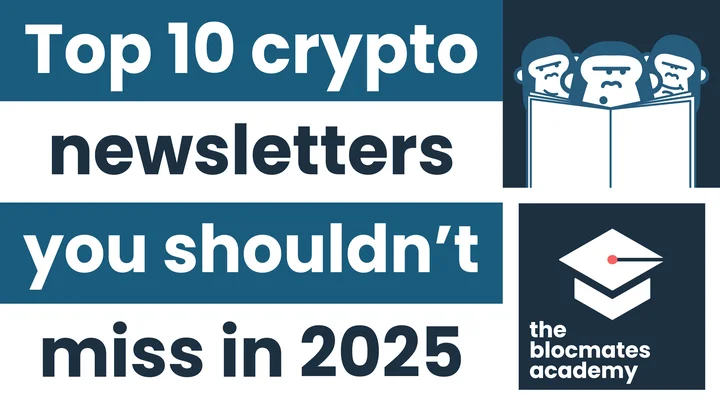










.webp)


.webp)









.webp)







.webp)




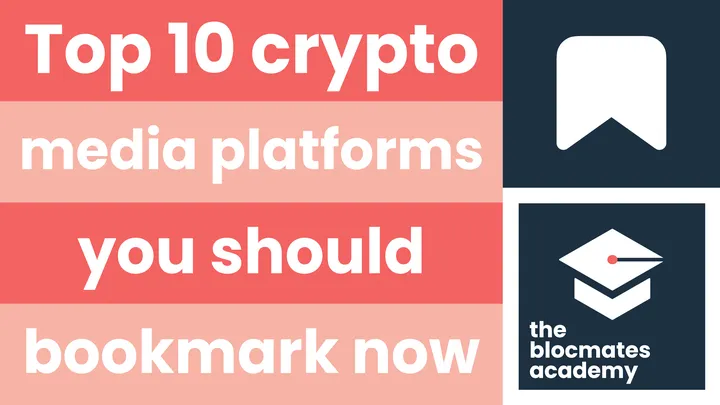








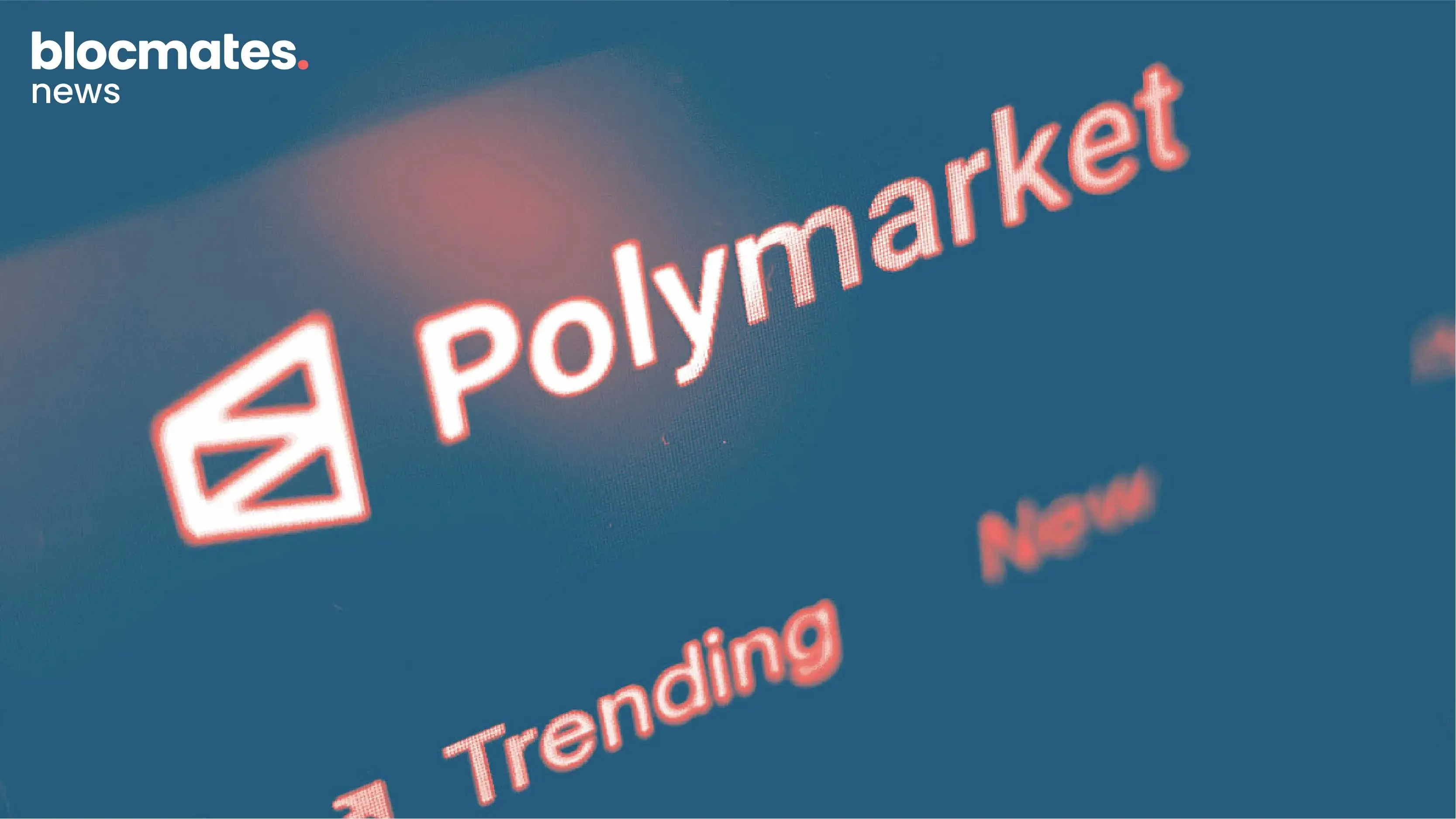

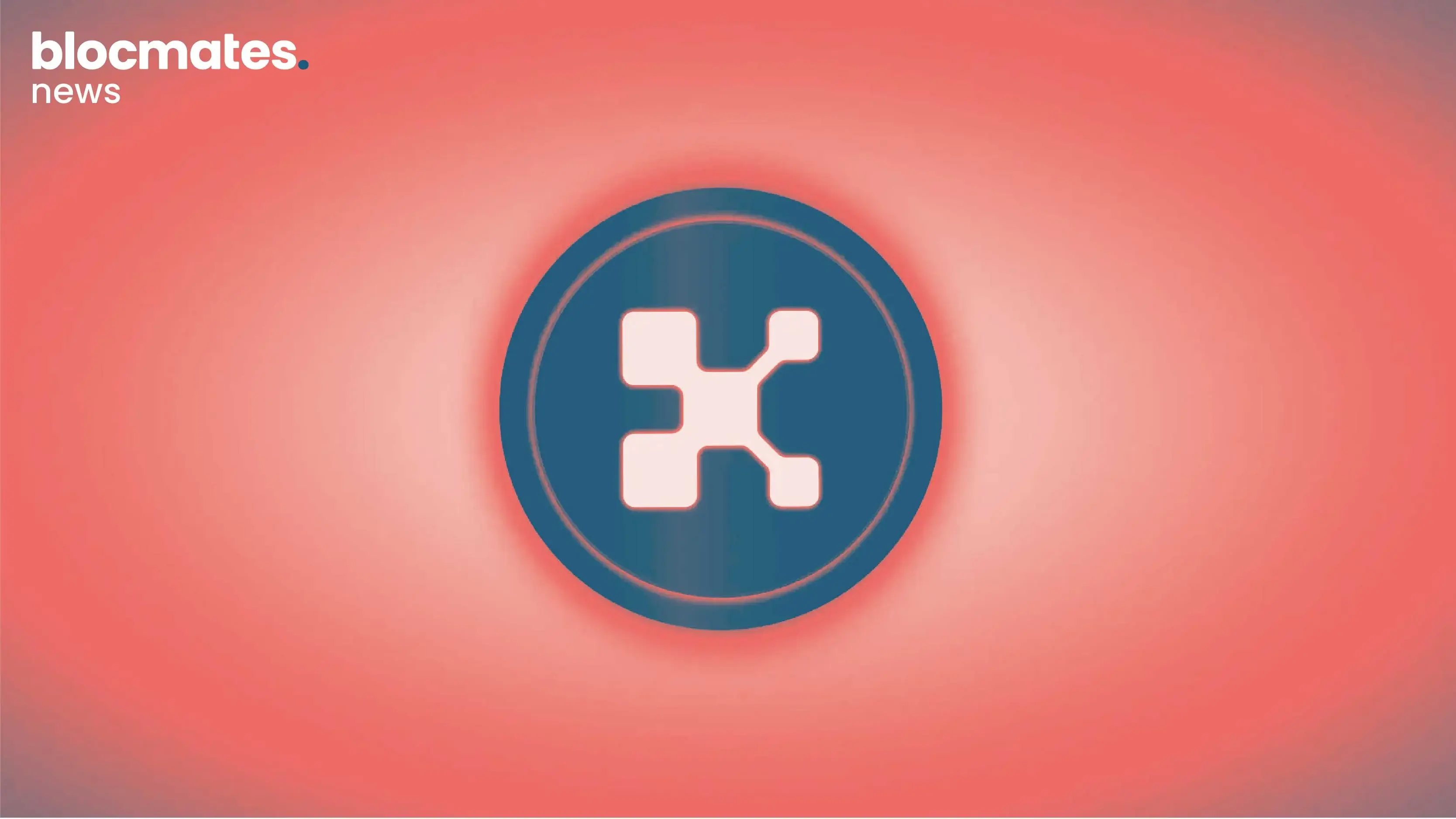
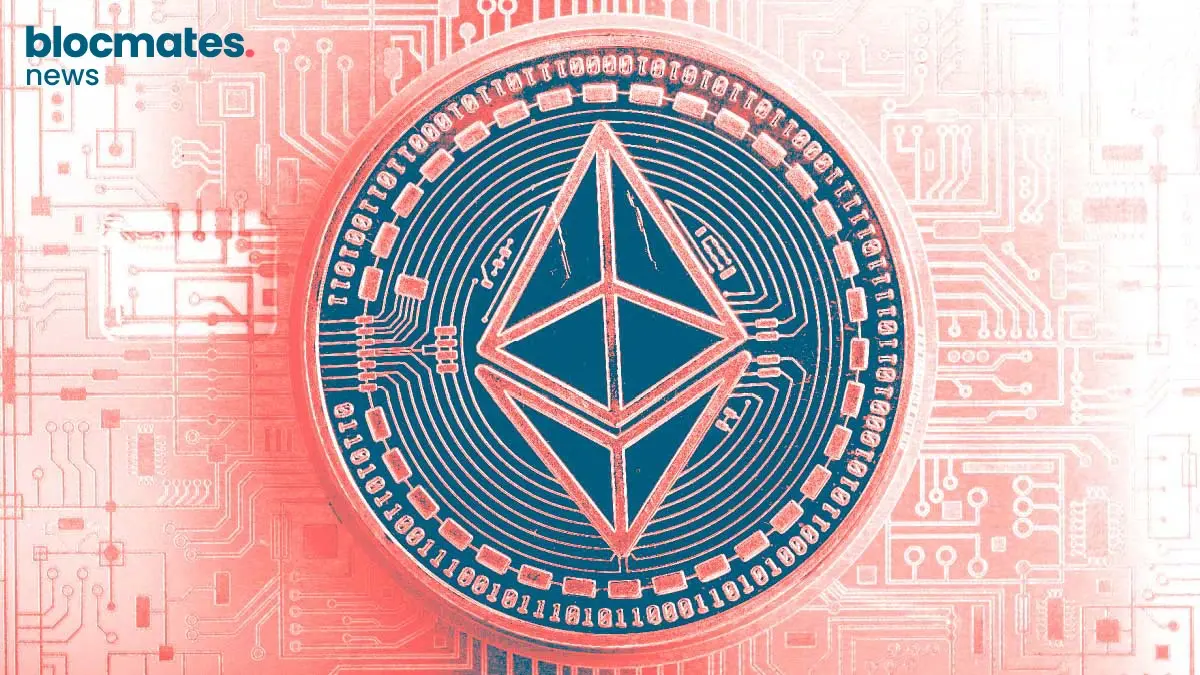
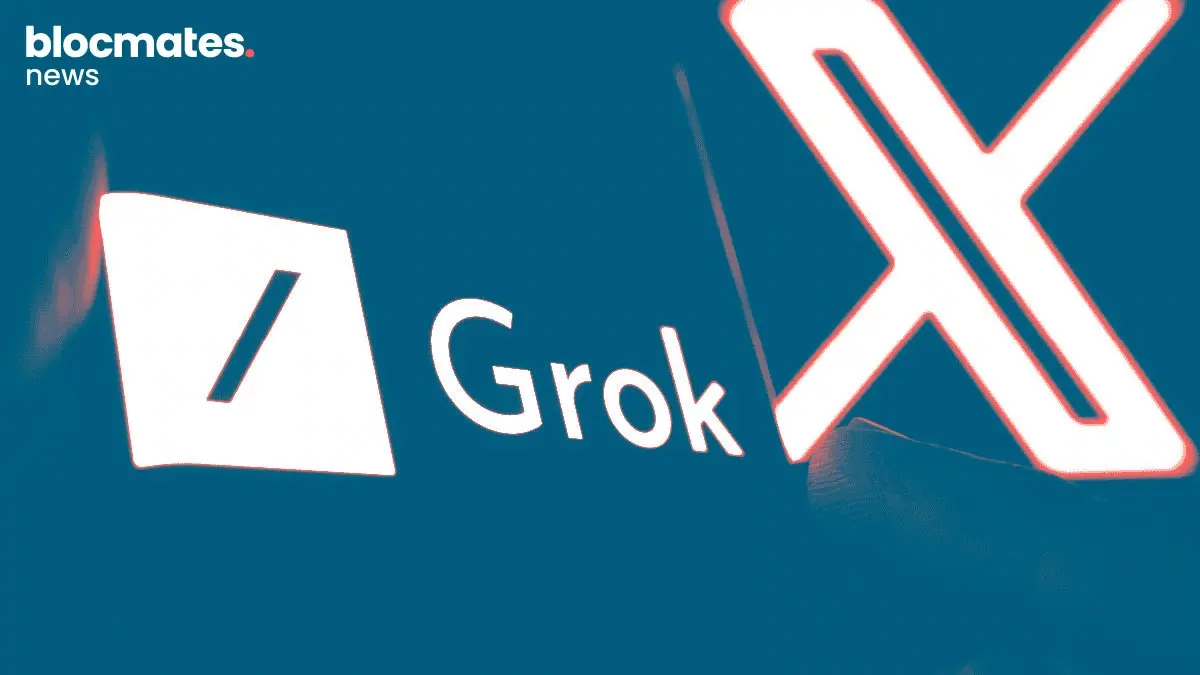


.webp)
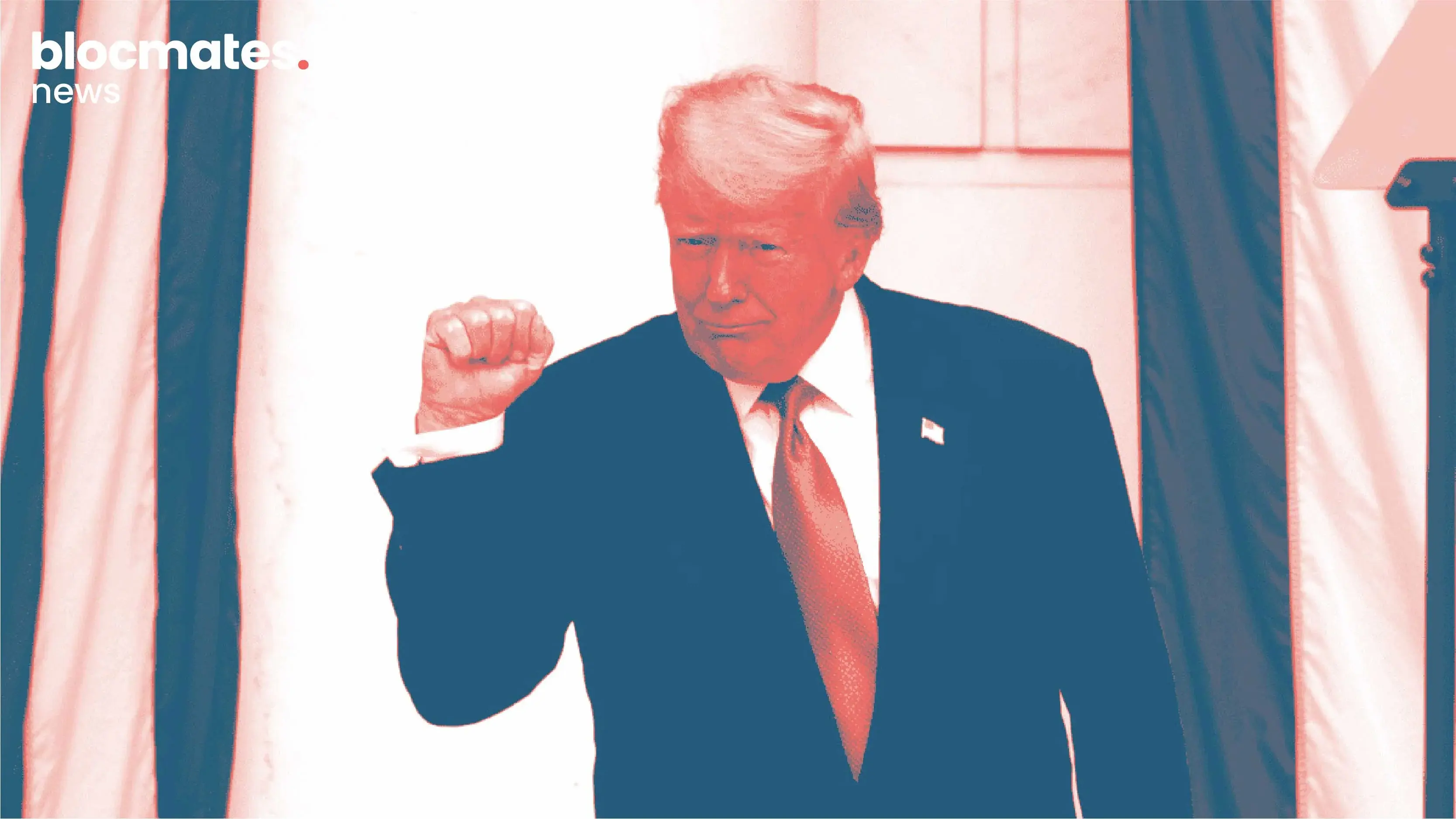




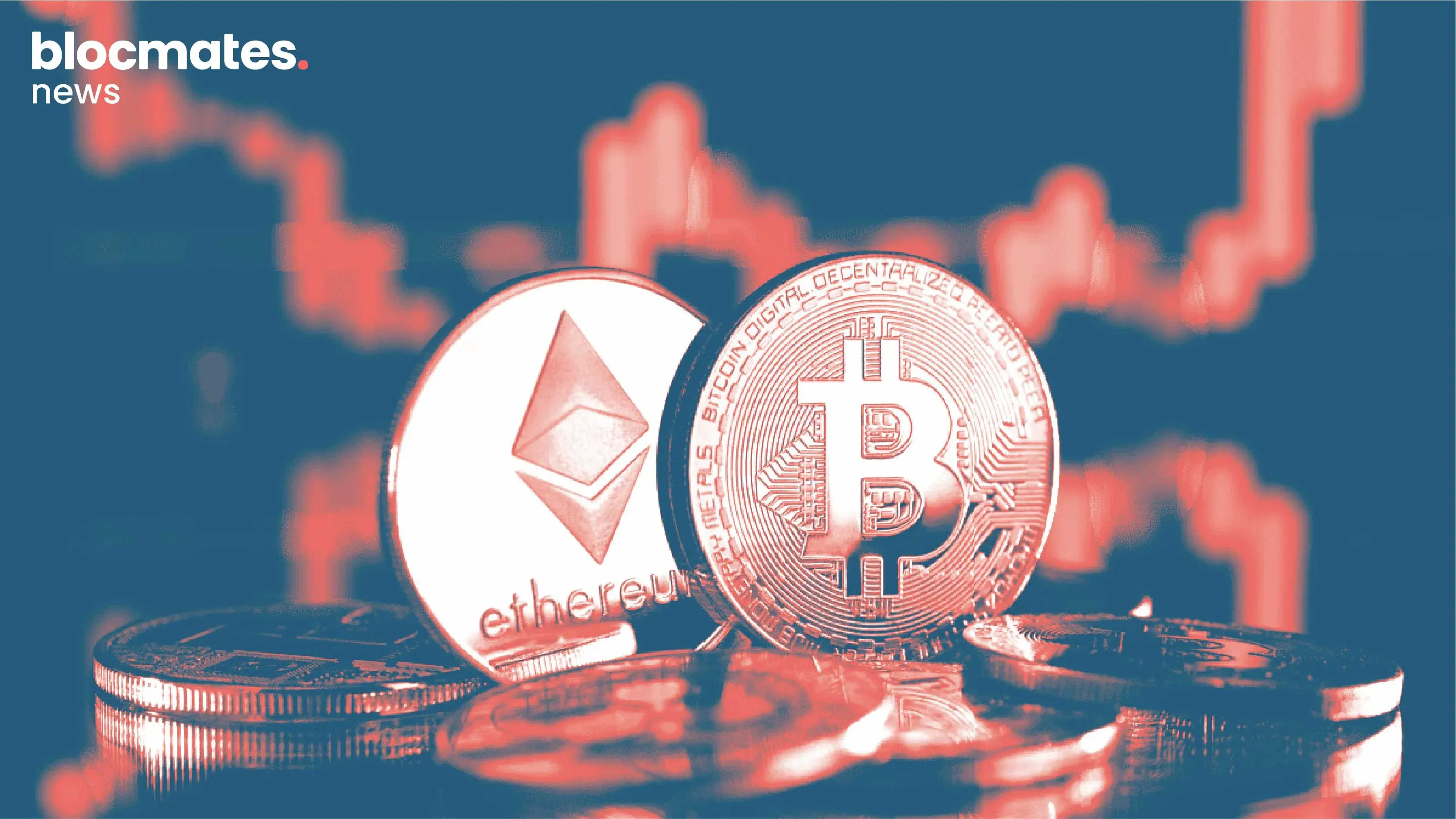
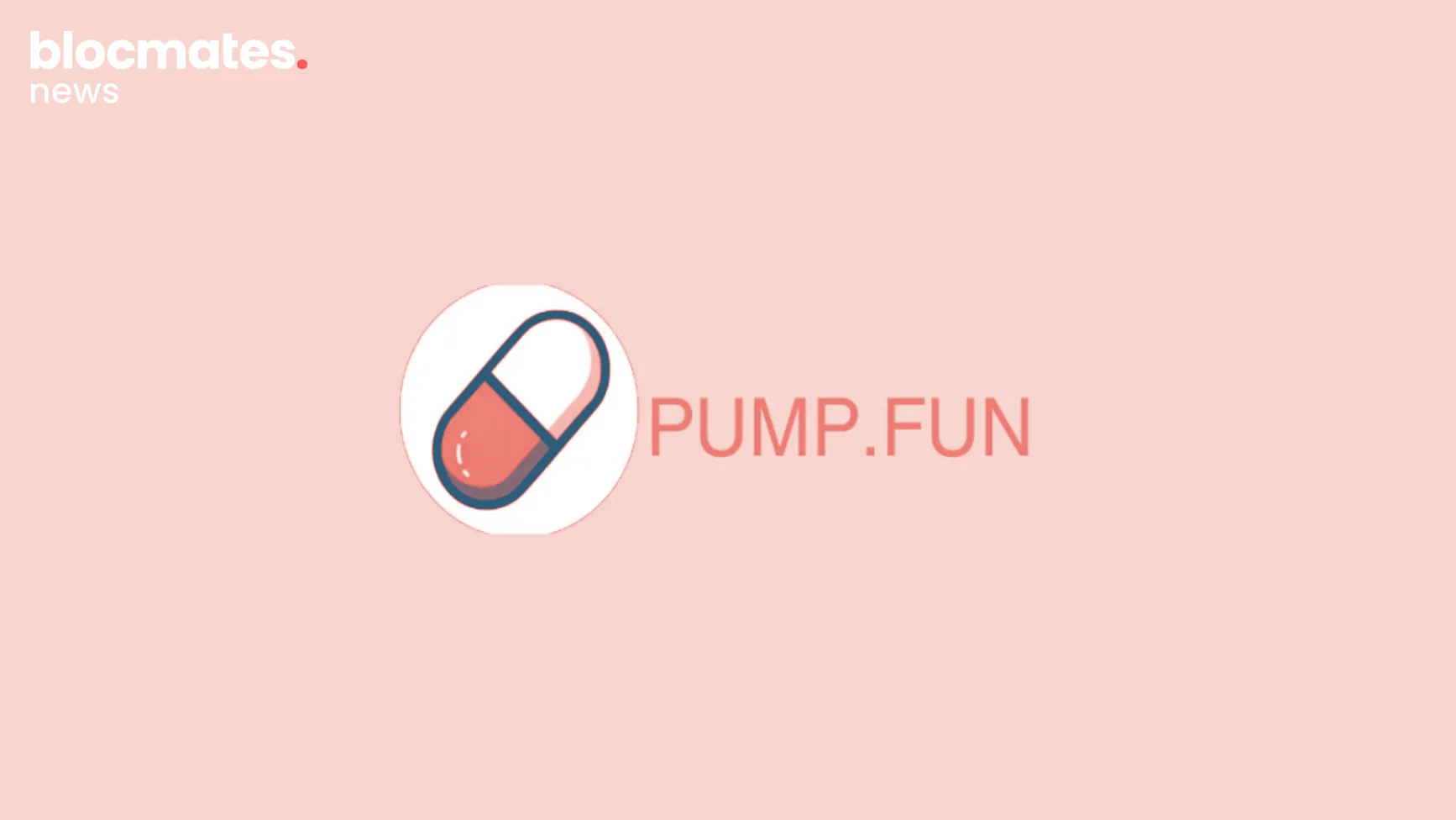
.webp)
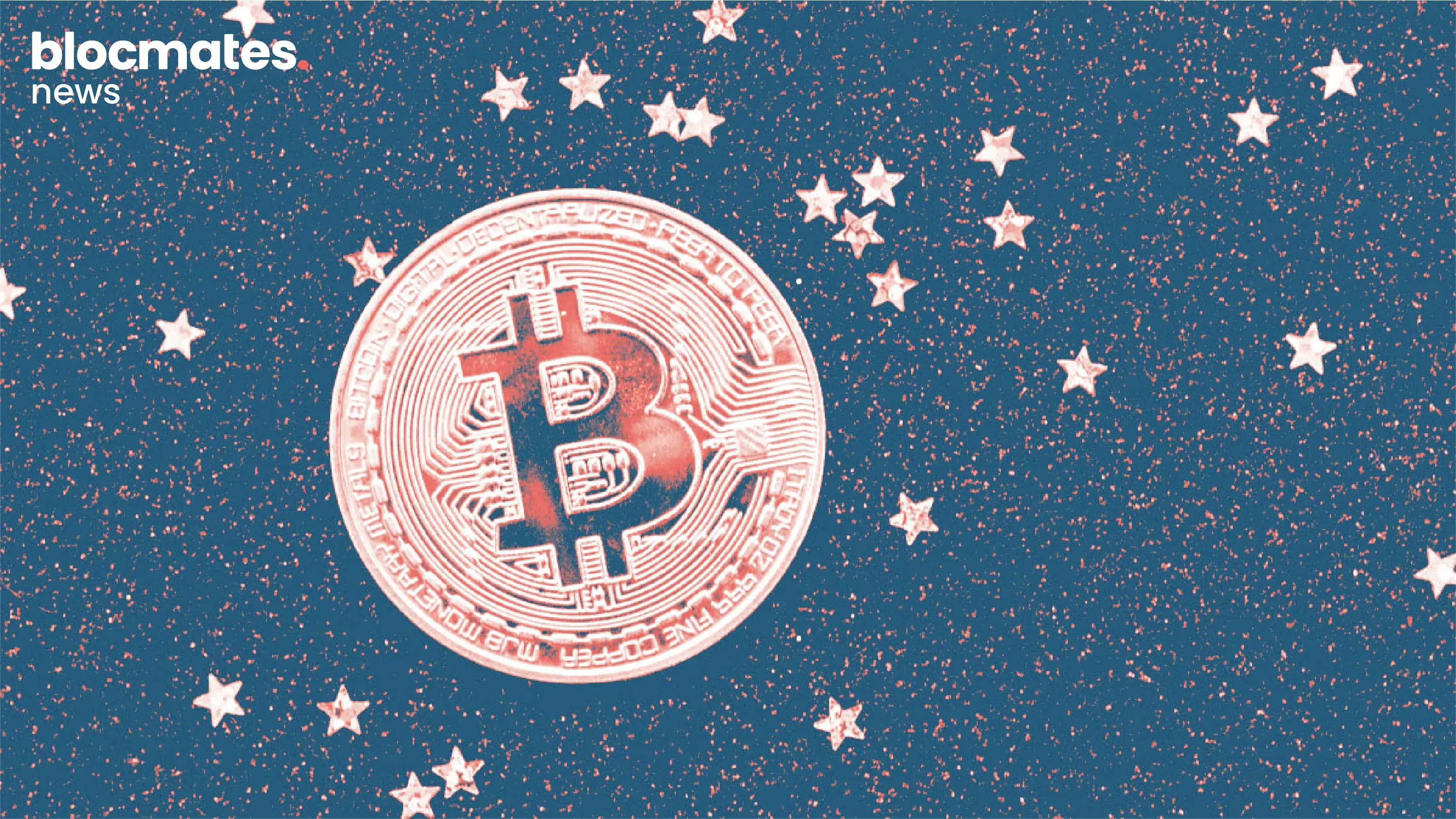

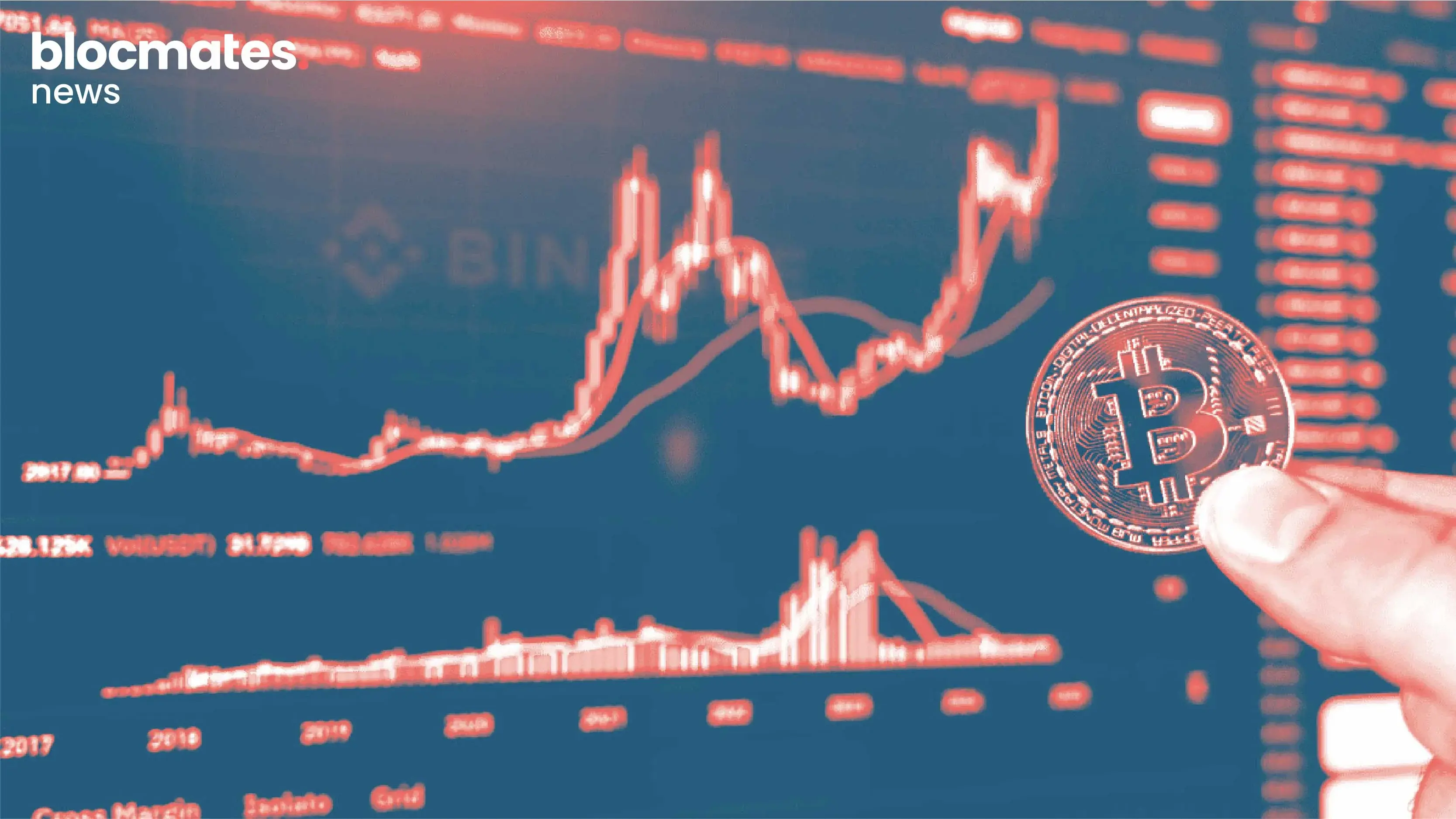




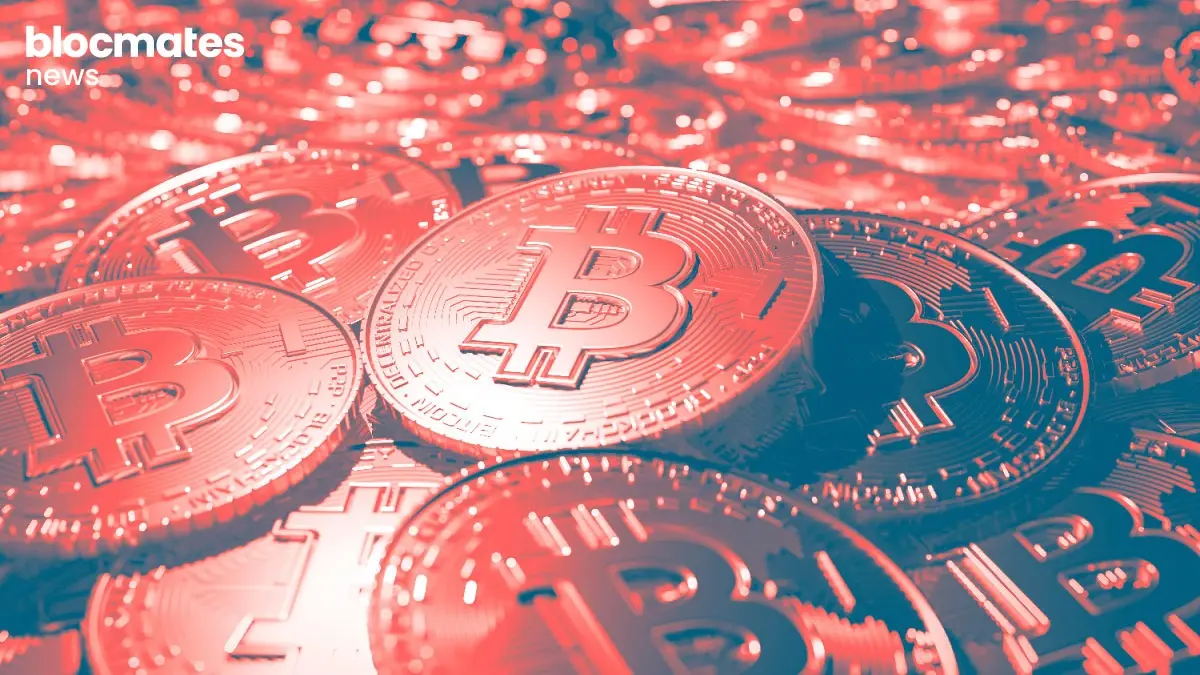













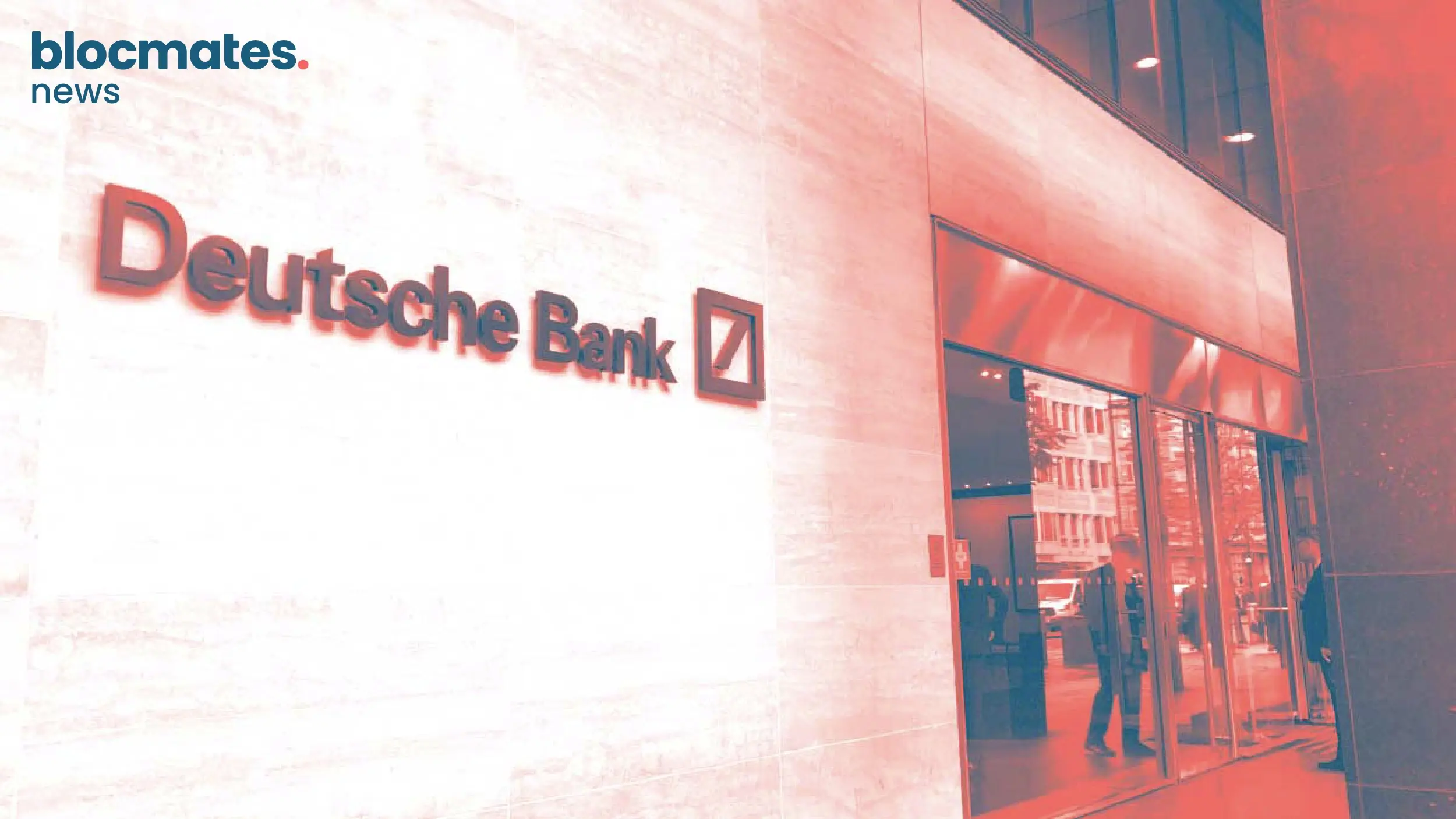

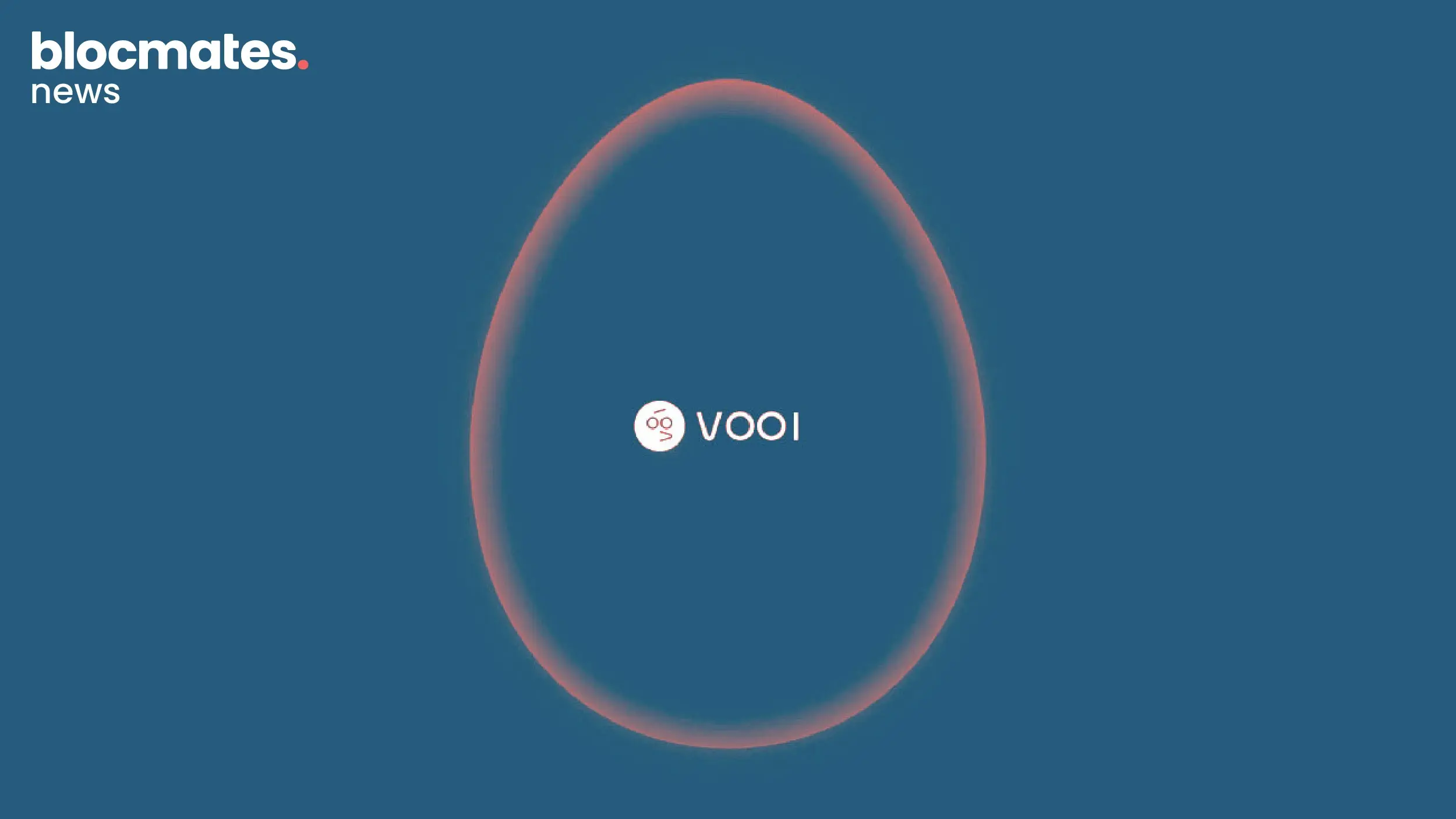
.webp)


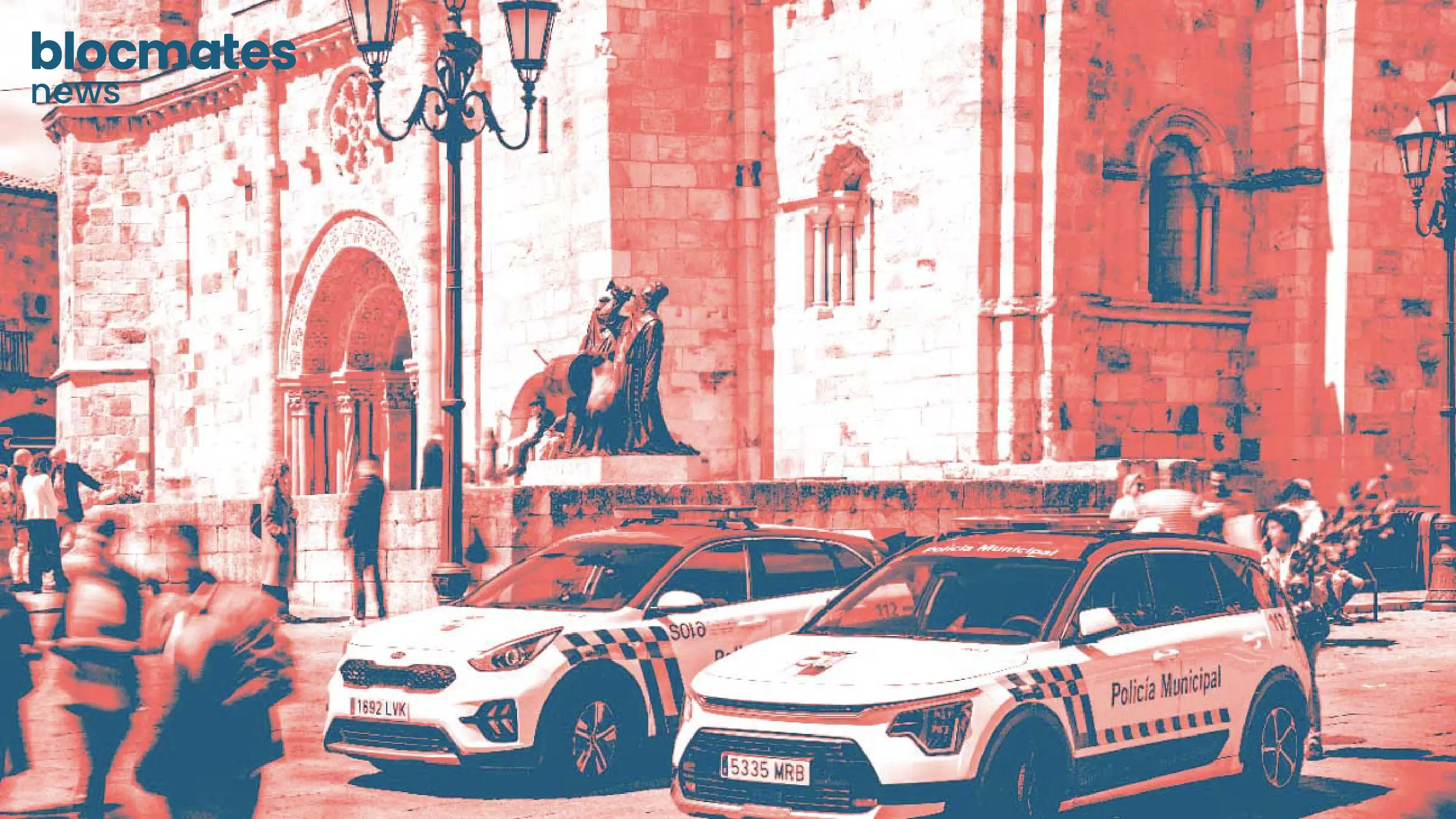



.webp)
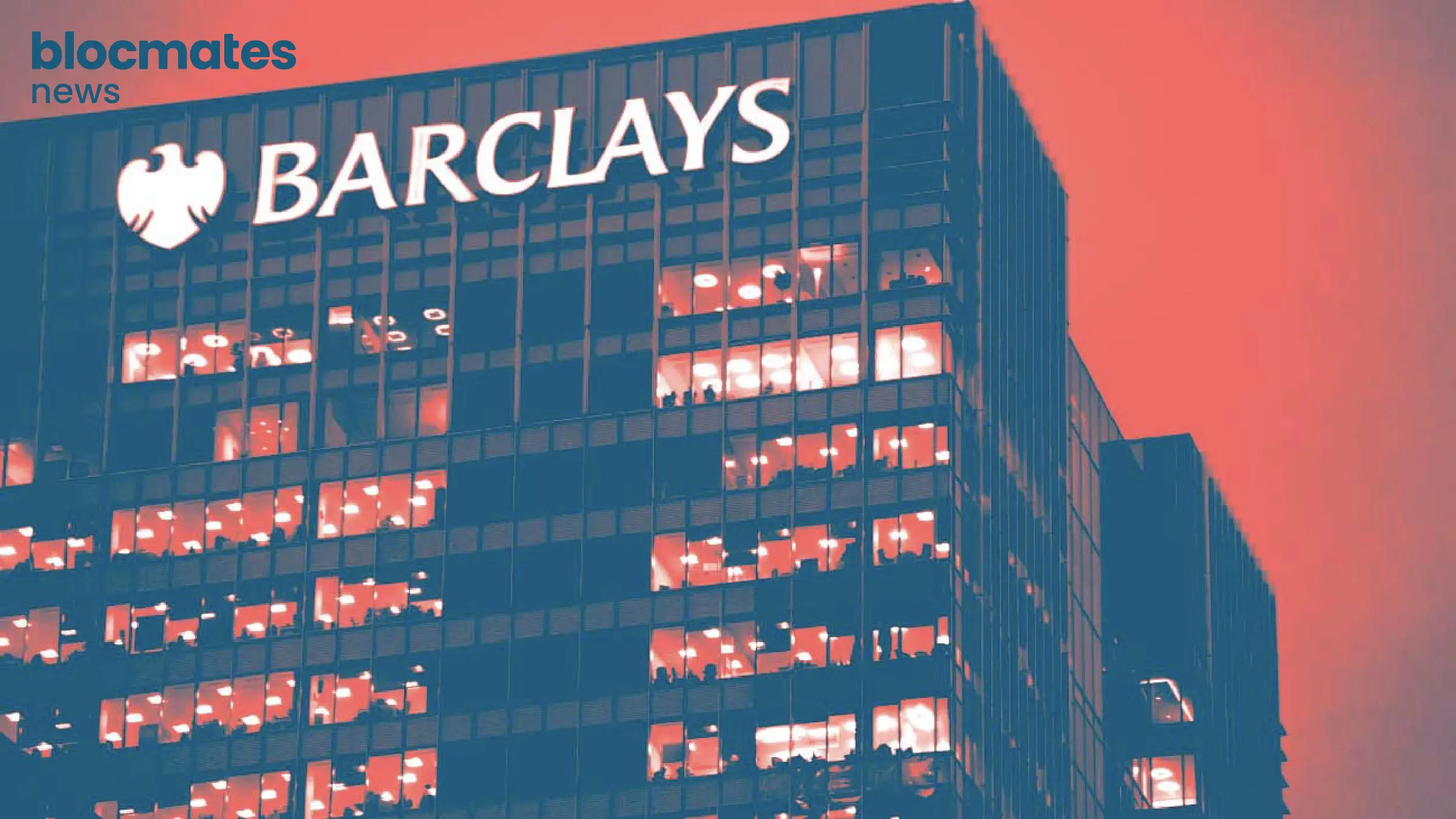



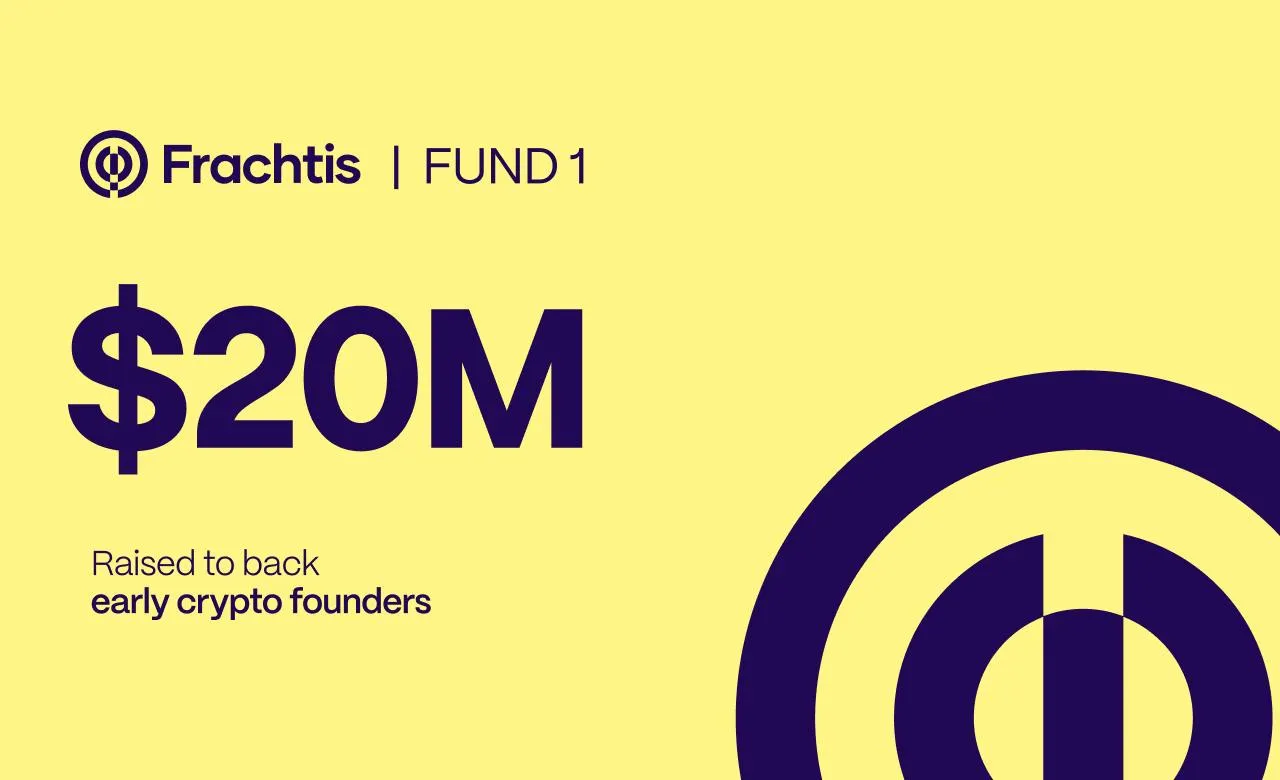





.webp)



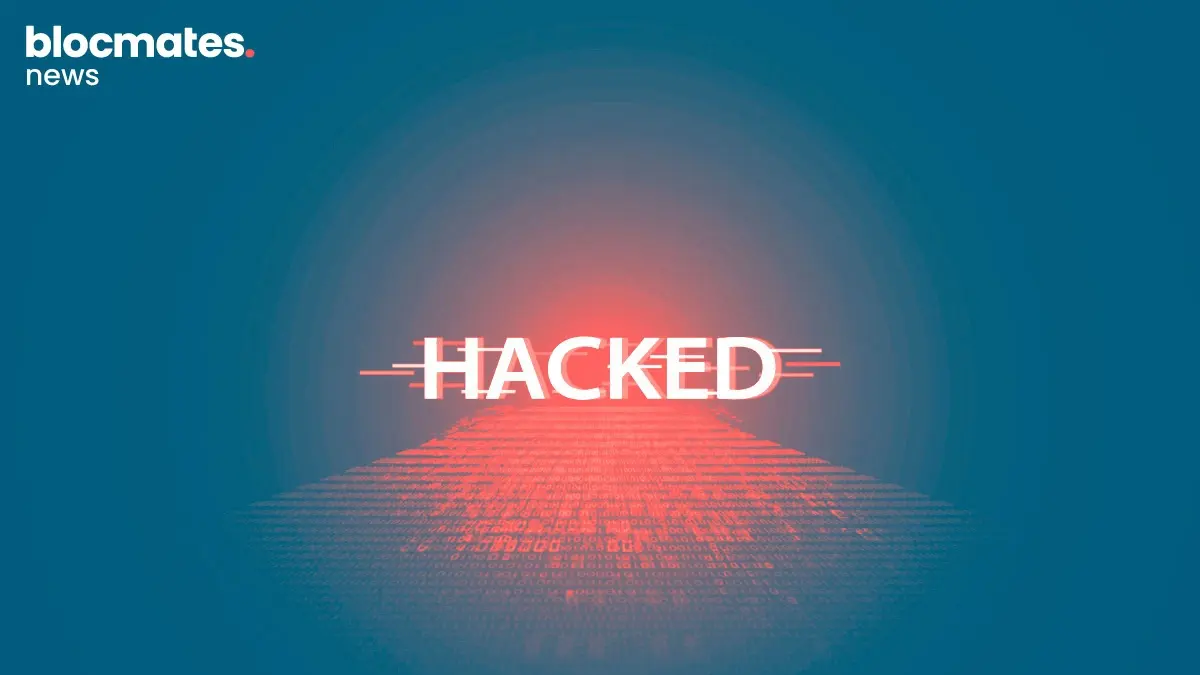




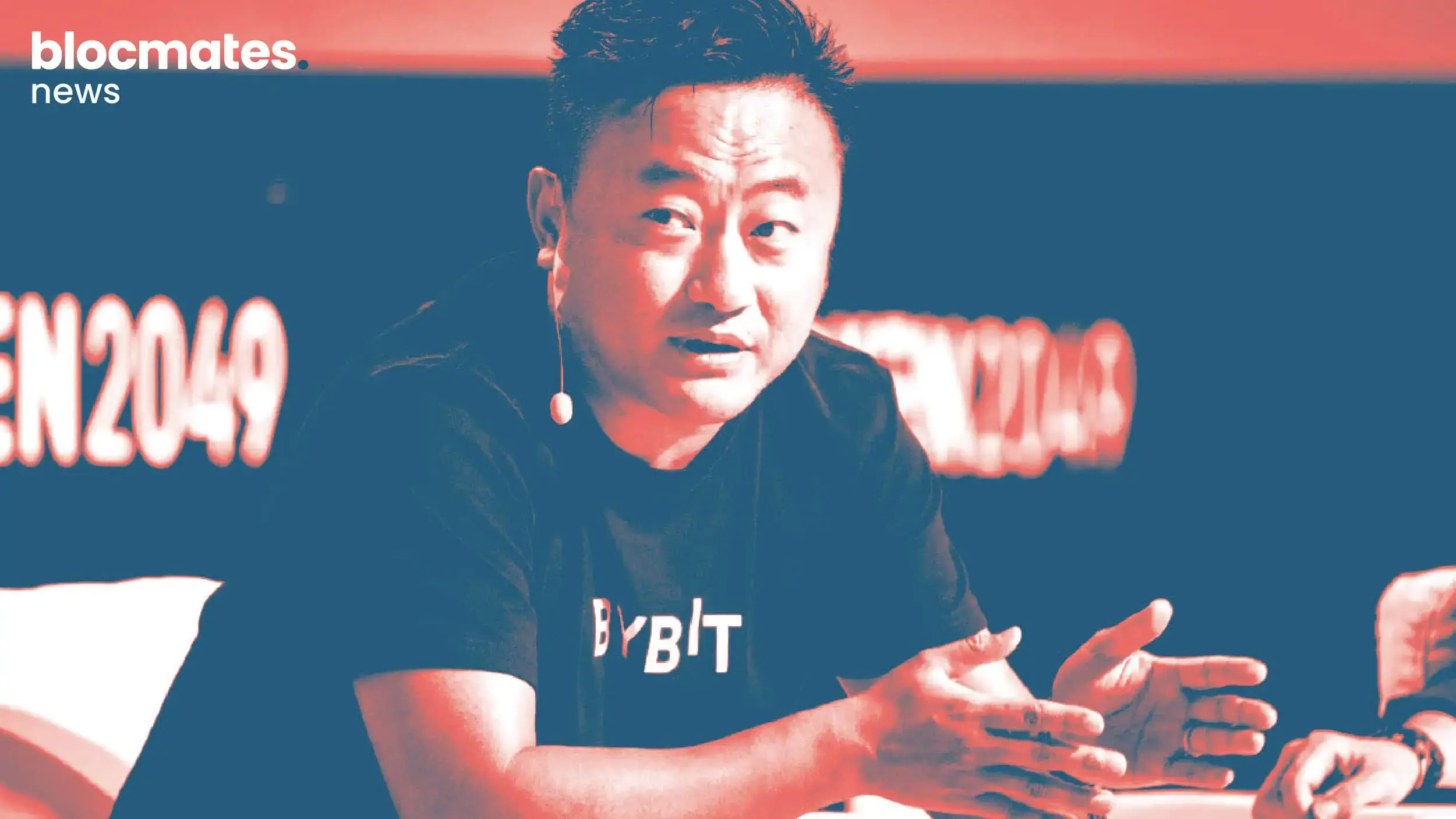
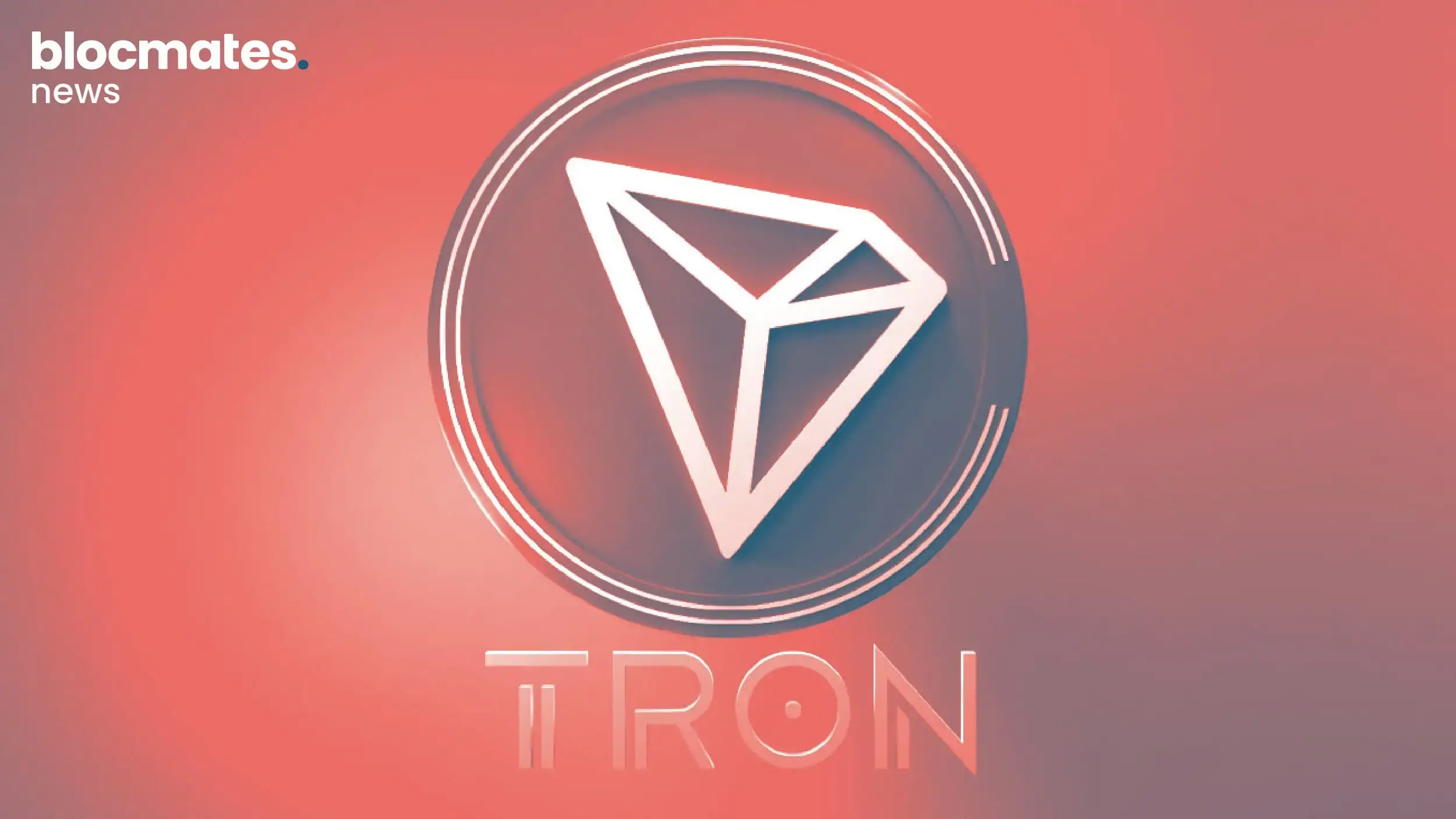
.webp)
.webp)
.webp)
.webp)
.webp)
.webp)

.webp)









.webp)
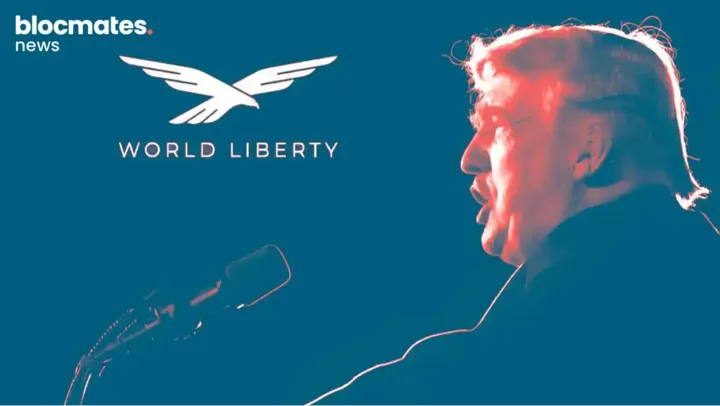
.webp)
.webp)
.webp)
